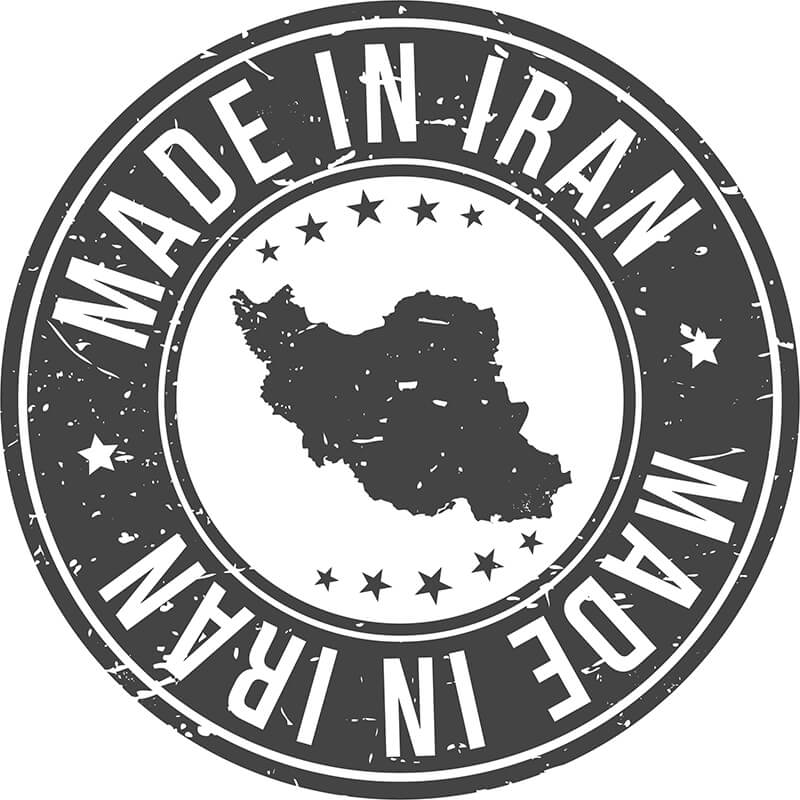Ghoum - Soie Fine 11' x 8'
A Brief History of Ghoum Rugs & Carpets
Ghoum rugs, also known as Ghoum, Gom, Qom, Qum, Qoum, Kum or Koum, are woven in workshops of Qom, a city located in northwest central Iran. Since rug production did not begin in Qom until the 1930s, Qom doesn't have any traditional designs of its own. Qom weavers prefer to weave the most favorable designs of other Persian weaving groups and sometimes Caucasian weaving groups and adjusting these designs to their own taste. It is possible for Qom rugs to be mistaken with Kashan or Esfahan rugs. However, they will not be mistaken with Tabriz rugs because Qum, Kashan and Esfahan rugs are woven with the asymmetric (Persian) knot and Tabriz rugs are woven with the symmetric (Turkish) knot.
All silk, part silk/part wool, and kork (fine wool taken from the belly of sheep) Qom rugs are very well-known in Iran and abroad. The foundation of Ghoum rugs could be either cotton or silk. Most Ghoum rugs have curvilinear patterns and very elaborate floral motifs with intricate leaves and vines. As mentioned above the designs are varied, taken from different weaving groups. Some designs used in Ghoum rugs consist of vase, moharramaat, mir-i-boteh, zell-i sultan, panelled garden, hunting, tree-of-life, pictorial, Shah Abbassi medallion-and-corner with usually a circular medallion, all-over Shah Abbasi, medallion with open field, medallions resembling the famous Esfahan Sheikh Lotfollah medallion, prayer and all-over gul farangi (roses).
The gul farangi motif seems to be a popular motif also used in vase, tree-of-life, and zell-i sultan designs. A panelled design containing very different motifs in each compartment is also common; the motifs inside the compartments can consist of pictorials, vases, hunting scenes, and botehs all in one rug.
The colors used in Ghoum rugs are as diverse as the designs. The overall appearance could either be pale with background and border colors such as ivory, champagne, turquoise and light green, or it could be dark with background colors such as dark blue and even sometimes red. Red, blue and green are also used as motif colors. Other commonly used colors in Ghoum rugs are mushroom, rose, gold, yellow ocher and orange ocher. To learn more about iranian rugs,
Sources and inspiration: Bérinstain, Valérie, et al. L'art du tapis dans le monde (The art of carpets in the world). Paris: Mengès, 1996. Print.; Jerrehian Jr., Aram K.A. Oriental Rug Primer. Philadelphia: Running Press, 1980. Print.; Herbert, Janice Summers. Oriental Rugs, New York: Macmillan, 1982. Print.; Hackmack, Adolf. Chinese Carpets and Rugs, Rutland and Tokyo: Tuttle, 1980. Print. ; De Moubray, Amicia, and David Black. Carpets for the home, London: Laurence King Publishing, 1999. Print.; Jacobsen, Charles. Oriental Rugs A Complete Guide, Rutland and Tokyo: Tuttle, 1962. Print.; Bashir, S. (n.d.). Personal interview.; Web site sources and dates of consultation vary (to be confirmed). Without prejudice to official usage.



 Runner Rugs
Runner Rugs 2x3 Area Rugs
2x3 Area Rugs 3x5 Area Rugs
3x5 Area Rugs 4x6 Area Rugs
4x6 Area Rugs 5x7 Area Rugs
5x7 Area Rugs 6x9 Area Rugs
6x9 Area Rugs 8x10 Area Rugs
8x10 Area Rugs 9x12 Area Rugs
9x12 Area Rugs 10x14 Area Rugs
10x14 Area Rugs Round Rugs
Round Rugs Bath Mats
Bath Mats Doormats
Doormats 12x15 Area Rugs
12x15 Area Rugs














